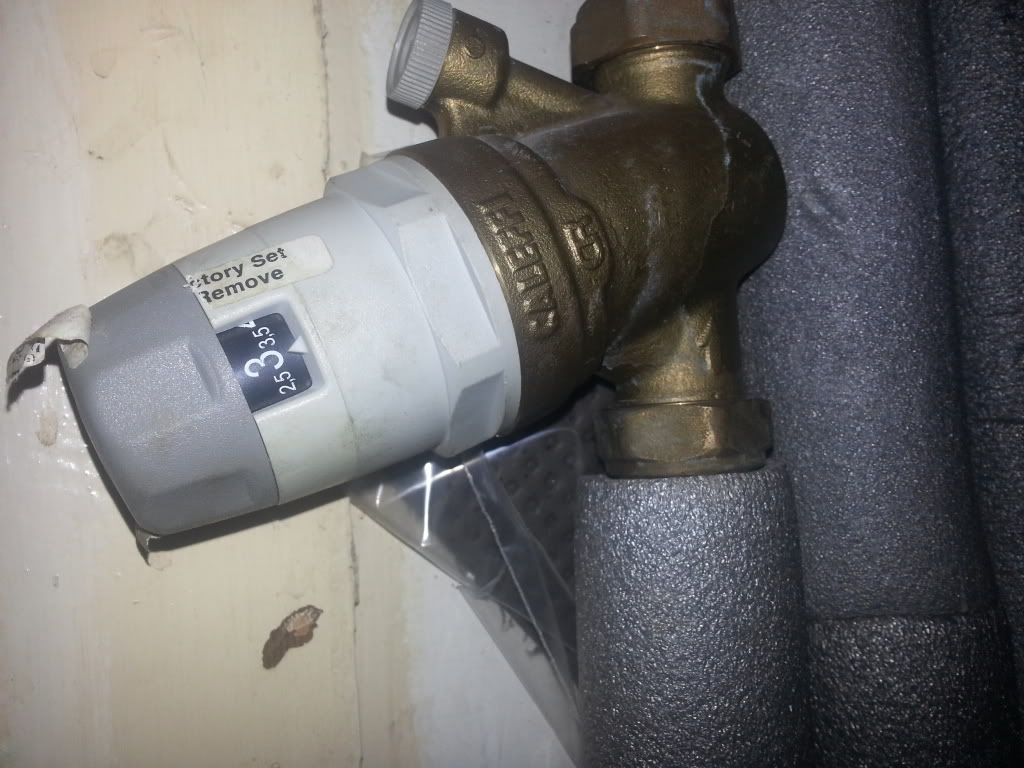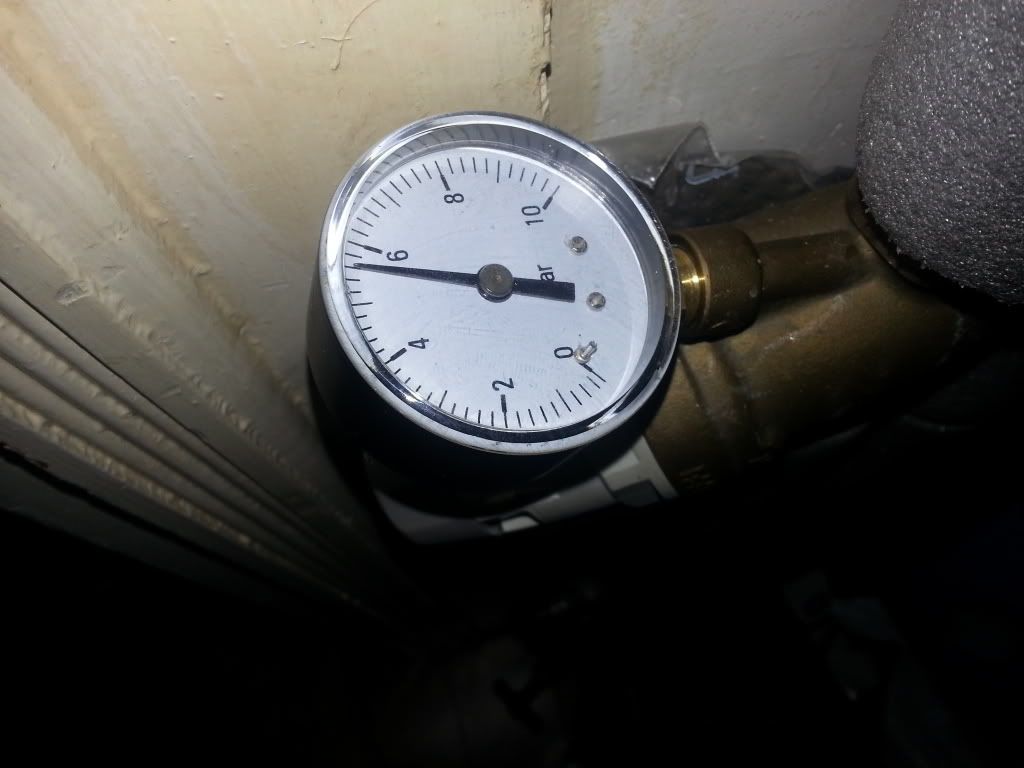First off I don't really understand what Agile is on...
Put simply flow through a pipe is based on velocity x bore, [for the pedants yes I know there's more to it but lets accept the premise for the sake of simple explanation.]
The deciding factor in your case is the bore of the PRV, its ability to pass water at a given volume at 3bar down stream is finite, providing you have in excess of 3 bar plus resistance losses through the PRV up stream.
You say you have 6bar but you have not measured it, if I understand correctly. you do not know what the bore of the incoming mains supply is.
You mention a 22mm dia but fail to say what the pipe is. Is this after the PRV or before? depending on the material will depend the true bore of the incoming main. if its the incoming main then an approx. 22mm dia pipe could have a less than 1/2" bore. if its barrel then after 60 or so years it could be considerably smaller bore.
You should understand that 32mm MDPE main whilst it has a larger bore at only 26mm in bore size it is not that much different than say a 22mm copper pipe, but yes it larger.
you need to know the size of the PRV and its flow characteristics at 3bar output to know if it is suitable for your purpose. only the manufacturers can give you that information. The flow through a ½” PRV set at 3bar will be less than the flow through a 1” PRV set at the same output pressure, irrespective of the incoming mains provided it is in excess of the output by more than a small margin.
A further complication is that the PRV will control the output at the installed point of the PRV , the height of you property and the point at which water is delivered are remote so 3bar @ the PRV will not translate to 3bar three stores up.
So you see the question is easy, but the answer will depend on a lot more information than you have provided.
As a general principle the routing of the mains to as close a point of delivery before you drop / control the output pressure is probably the better solution, but it may also not be the best!
To be honest before you part with your hard earned you would be better off getting a qualified plumber who can see your situation first hand and interpret from knowledge and experience.
I hope that does not sound condescending as its not meant to be.
Good luck



